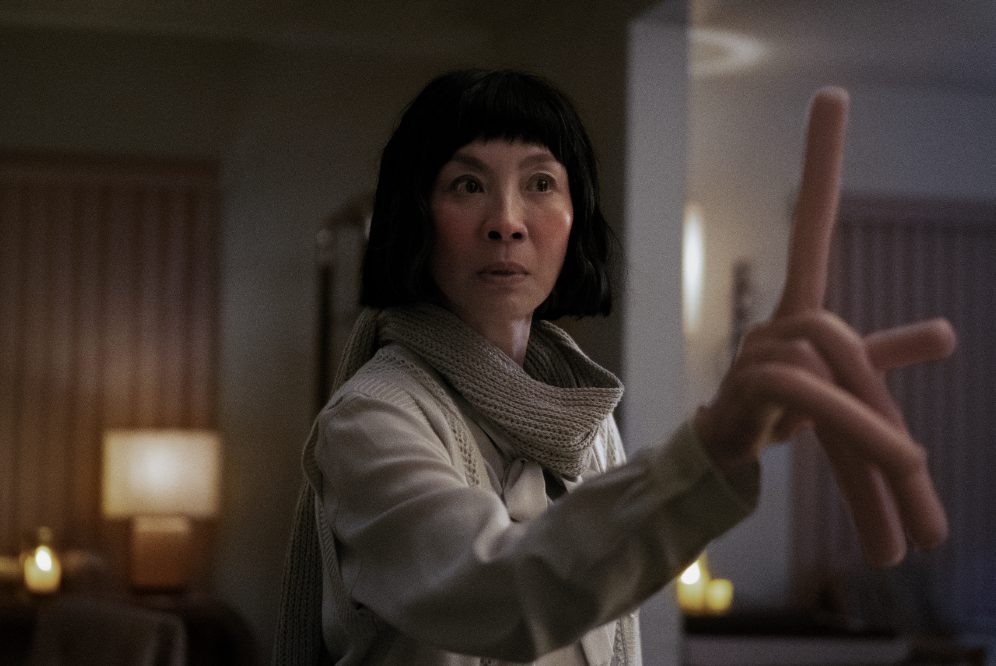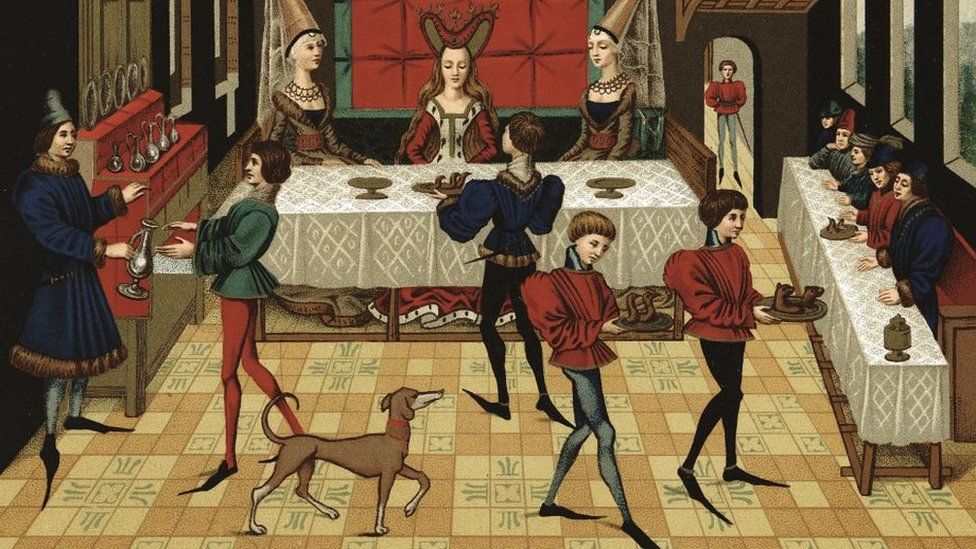British researchers have found a link between the prevalence of long-toed, sometimes silly shoes in the Middle Ages, and unpleasant cameras, according to the online edition of the British daily The Guardian. The researchers identified marks on the skeletons of 31 people, including 20 men.
Muzzle – hallux valgus – means an increase in the basic minute of the big toe. Studies have shown that some people may be genetically more susceptible to this type of foot deformity, which can also be contributed to or exacerbated by high-heeled, pointed-toed shoes.
Parsnip shoes – poulains – became popular in England in the 14th century, and over time ridiculous nose lengths reached. According to the Museum of London, in 1394, a monk from Evesham stated that some people wore shoes that were 45 cm long, and that they had to be tied to their feet with a silver chain in order to walk at all.
Fashion bite indicated by the fact that in 1463 IV. King Edward regulated toe length in London.
Pierce Mitchell and colleagues at the University of Cambridge analyzed the remains of 177 adults excavated in four cemeteries in Cambridge, including a parish, an Augustinian monastery and a hospital cemetery.
The researchers identified marks on the skeletons of 31 people, including 20 men. Analysis of the remains, whose age can be ascertained, showed that cameras were more common in the 14th and 15th centuries (discovered in 19 out of 71 people) than in 11-13. Century (identified in 3 of 52 people).

The International Journal of Paleopathology The authors of the study, which was published in the journal, were unable to prove beyond a reasonable doubt that pointed-toed shoes were responsible for the spread of the painful bumps.
However, it was found that bone spurs were more common among city-dwellers, especially those buried in a monastery, including members of the clergy and the ordinary wealthy.
According to Mitchell, it was not only the latter who loved fashionable things. Some members of the priesthood also liked to stand out, so they wore velvet gloves or bright shoes.
(MTI)










































